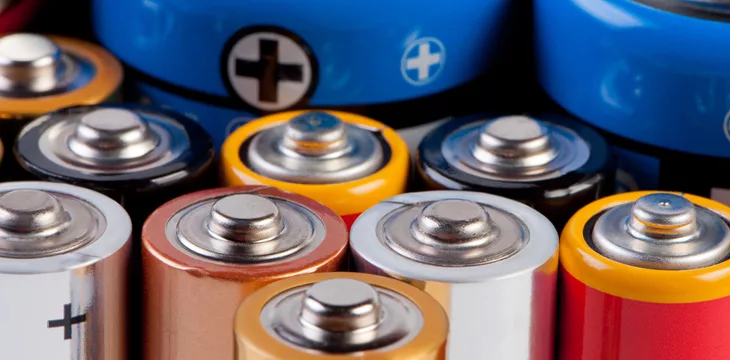|
Getting your Trinity Audio player ready...
|
A group of researchers from the Pacific Northwest National Laboratory (PNNL) and Microsoft (NASDAQ: MSFT) have confirmed the creation of a new battery type leveraging
artificial intelligence (AI) and supercomputing.
According to the research paper, the scientists relied on an AI model to test a combination of several materials to design a new battery with advanced functionalities. By the end of the study, the researchers created a solid electrolyte capable of transferring electrically charged atoms.
Scientists have been experimenting with a solid electrolyte to upgrade to the liquid ones in lithium-ion batteries, which are plagued with leakages and pose fire hazards.
Achieving the feat of a solid electrolyte saw the researchers scour through 32 million materials in what the research paper describes as a game of mix-and-match. Rather than manually testing combinations of each material, the team utilized an AI model to make predictions on the suitability of the materials using previously learned patterns.
The first step in the sorting process involved filtering based on whether or not the materials can exist in real-world conditions. Only 600,000 materials made the cut, with the researchers advancing to test materials with the proper electrical and chemical properties to operate as batteries.
The materials were sorted based on their toxicity levels, rarity, and costs, leaving the researchers with 23 materials to proceed with. Out of the 23, five materials exist, with the researchers settling on a combination of lithium and sodium to create the solid electrolyte.
“By focusing on solid-state electrolytes for battery applications, our discovery pipeline further identified 18 permission candidates with new compositions and rediscovered a decade’s worth of collective knowledge in the field as a byproduct,” the paper read.
The entire process took the research team less than 80 hours to arrive at the best material combinations, employing over 1,000 virtual machines. Calculations were performed using Microsoft’s Azure Quantum Elements, with the tech giant hoping that other researchers lean on the offering to explore “AI-guided experimentations.”
Changing the landscape for medical research
Aside from improving productivity in the corporate sectors, generative AI is improving the state of medical research globally. In one study, Nvidia (NASDAQ: NVDA) introduced an AI model to predict the behaviors of COVID-19 variants, showing advanced ability to forecast the virus’ mutations.
The use of generative AI has uncovered a new class of antibiotic candidates, while Arizona State University (ASU) researchers have published a list of AI and emerging technology advances. ASU studies revealed AI-backed breakthroughs in speech restoration, fall prevention with AI wearables, and cancer cell tracking.
In order for artificial intelligence (AI) to work right within the law and thrive in the face of growing challenges, it needs to integrate an enterprise blockchain system that ensures data input quality and ownership—allowing it to keep data safe while also guaranteeing the immutability of data. Check out CoinGeek’s coverage on this emerging tech to learn more why Enterprise blockchain will be the backbone of AI.
Watch: Demonstrating the potential of blockchain’s fusion with AI

 12-28-2025
12-28-2025 




